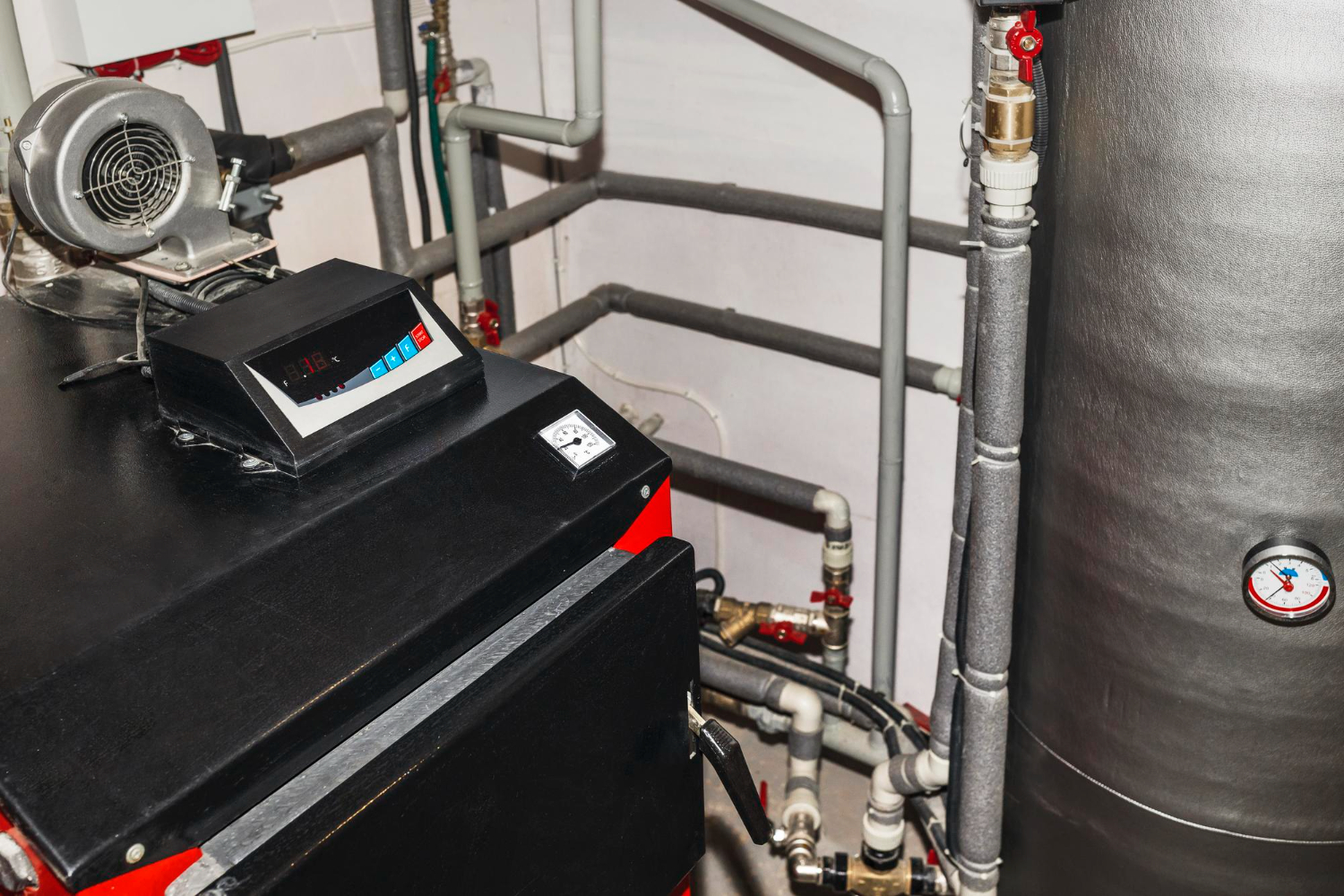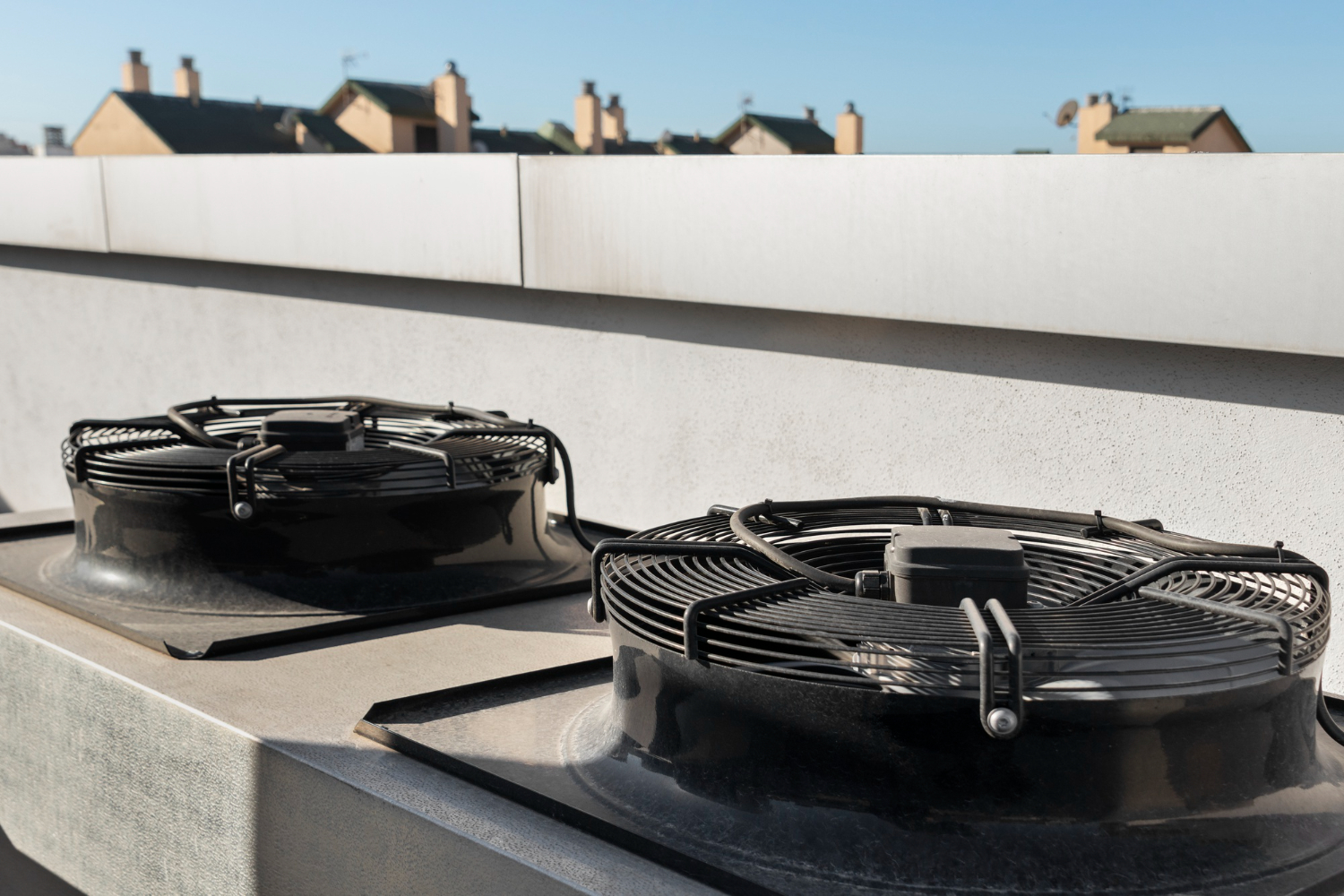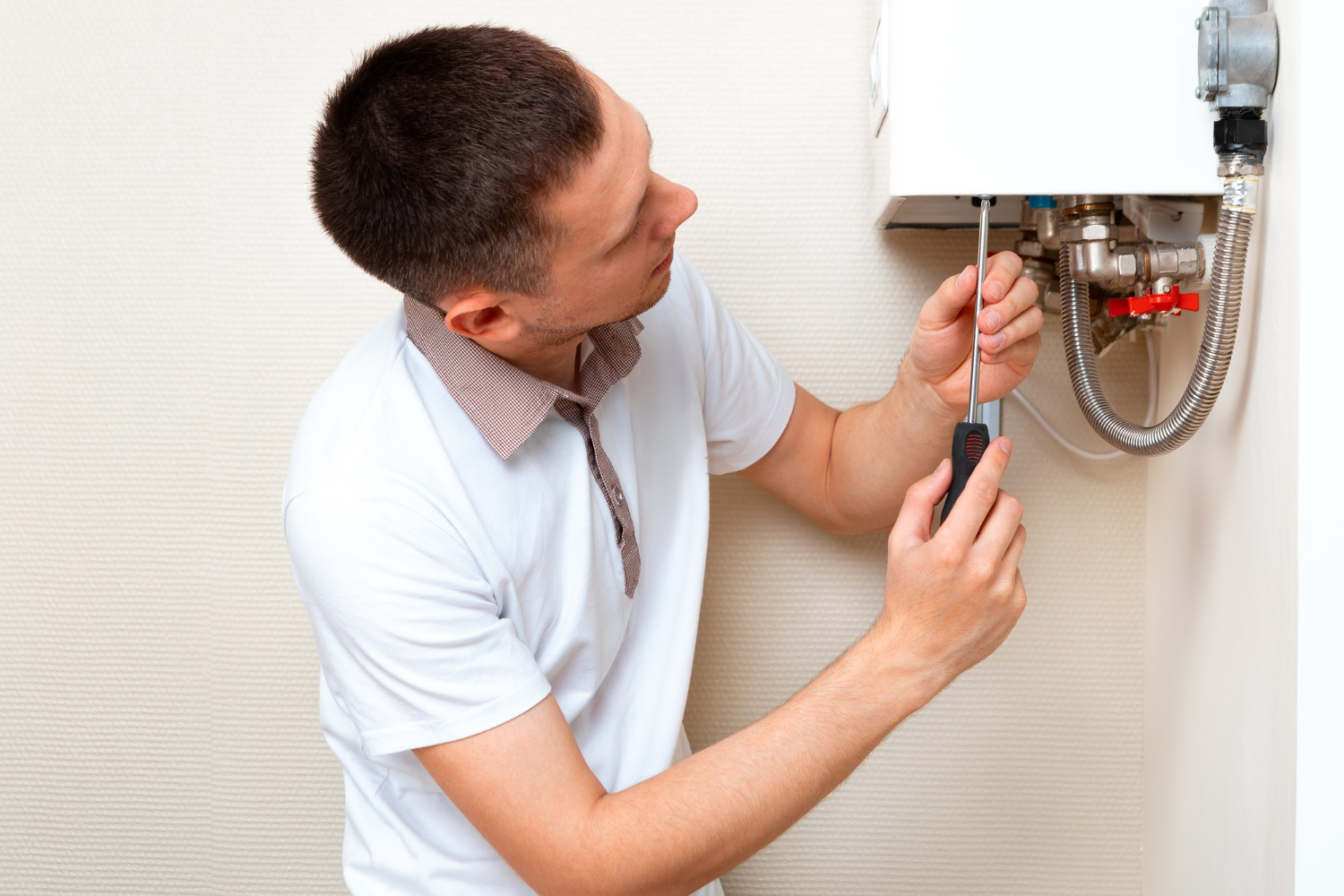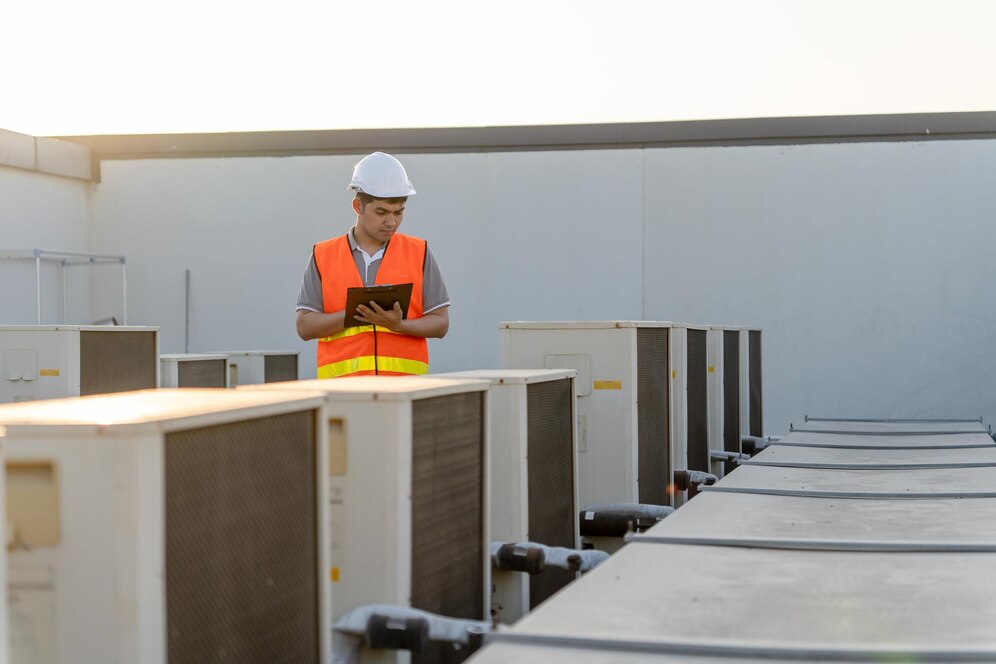Choosing to install a new boiler is a significant decision that can greatly impact the comfort and efficiency of your home. A smooth boiler installation ensures that your system operates efficiently and safely from the start. Our professionals are dedicated to making this process as seamless as possible for you.
Understanding the Importance of Professional Boiler Installation
Professional boiler installation is critical for several reasons. First and foremost, safety is a primary concern. Incorrect installation can lead to dangerous situations, such as gas leaks or electrical problems. Our professionals have the expertise to install your boiler safely, following all required codes and regulations.
Efficiency is another crucial factor. An improperly installed boiler will not perform at optimal efficiency, leading to higher energy costs and decreased system lifespan. Our technicians ensure that your boiler is set up correctly, maximizing its efficiency and performance. This also helps in reducing the need for frequent boiler repair.
The longevity of your boiler is greatly influenced by the quality of its installation. A professionally installed boiler is less likely to encounter issues that result in premature boiler replacement. It’s an investment in your home’s comfort and a way to avoid unexpected expenses.
Preparing for Installation Day
Site Assessment and Planning
Before installation day, a thorough site assessment and planning are essential. Our professionals will evaluate the area where your new boiler will be installed. They check for adequate space, proper ventilation, and accessibility. This step helps identify any potential obstacles that could hinder the installation process.
Planning involves determining the best layout for your boiler system, considering factors like plumbing and electrical connections. Our technicians also ensure that your existing infrastructure can support the new boiler, making any necessary adjustments beforehand. Proper planning helps streamline the installation, preventing delays and complications.
Gathering Necessary Permits and Documentation
Obtaining the necessary permits and documentation is a crucial part of preparing for boiler installation. These permits ensure that the installation complies with local building codes and safety regulations. Our professionals handle this process to make sure everything is in order before work begins.
Documentation includes manufacturer specifications, warranties, and installation guidelines. Having all required documents on hand helps our technicians follow best practices during the installation. This attention to detail ensures that your boiler is installed correctly, efficiently, and safely.
Proper preparation sets the stage for a smooth boiler installation. By addressing site-specific needs and obtaining the required permits, we can focus on delivering a seamless and efficient installation experience.
Key Steps During the Boiler Installation Process
Removing the Old Boiler
The first step in the boiler installation process is removing the old boiler. Our technicians safely disconnect and remove the outdated unit. This step involves shutting off the power supply and disconnecting the plumbing and electrical connections. Proper removal ensures no damage to your existing infrastructure and prepares the area for the new boiler.
Disposing of the old boiler is handled professionally, following all environmental and safety guidelines. Our professionals ensure the old unit is disposed of or recycled appropriately.
Setting Up the New Boiler
Once the old boiler is removed, we move on to setting up the new boiler. Proper placement is crucial for optimal performance and accessibility. Our technicians align the new unit with the existing plumbing and electrical connections, ensuring a secure and stable installation.
This step includes mounting the boiler securely and verifying that all connections are ready for the next phase. Careful setup helps prevent any issues that could arise from improper installation.
Connecting Plumbing and Electrical Systems
Connecting the plumbing and electrical systems is a vital part of the installation process. Our professionals ensure that all pipes and wiring are correctly connected to the new boiler. This involves attaching water supply lines, drainage pipes, and electrical connections.
Proper connections are critical for the boiler’s efficiency and safety. Our technicians double-check all connections to make sure they meet the required standards and codes. This step includes inspecting for any leaks or loose fittings.
Initial Testing and Calibration
The final step before the boiler is fully operational is initial testing and calibration. Our technicians perform a series of tests to ensure the boiler functions correctly. This includes checking the thermostat, pressure levels, and temperature settings.
Calibration fine-tunes the boiler’s performance, making sure it operates at peak efficiency. Any adjustments needed are made during this stage to ensure the boiler provides consistent and reliable heating.
Post-Installation Procedures
Final Inspection and Quality Checks
After the boiler is installed, final inspections and quality checks are conducted. Our professionals review the entire installation to ensure everything is working as expected. We check for any issues, such as leaks or improper connections, that could affect the boiler’s performance.
Quality checks also include verifying that all safety measures are in place. This step ensures your new boiler is safe to operate and meets all regulatory standards.
Customer Walkthrough and Usage Instructions
An important part of the post-installation process is the customer walkthrough. Our technicians guide you through the new boiler’s features and functionality. They provide clear instructions on operating the system, adjusting settings, and understanding any warning indicators.
This walkthrough also addresses any questions or concerns you may have. Clear usage instructions help you feel confident in operating your new boiler.
Scheduling Routine Maintenance
Routine maintenance is crucial for the long-term performance of your new boiler. Our professionals help you schedule regular maintenance checks to keep the system running efficiently. Maintenance includes inspecting and servicing key components to prevent potential issues.
Scheduling routine maintenance helps extend the life of your boiler and ensures it operates at its best. Regular check-ups can catch minor problems before they become costly repairs or replacements.
Conclusion
Ensuring a smooth boiler installation involves several critical steps, from initial site assessments to post-installation procedures. By following these detailed steps, you can achieve a successful installation that guarantees the efficiency, safety, and longevity of your boiler. Each phase of the installation process plays a vital role in delivering a reliable heating solution for your home.
Our professionals at All Seasons HVAC LLC are committed to providing exceptional boiler installation services in Des Moines. We handle everything from removing the old unit to setting up and calibrating your new boiler, ensuring optimal performance.
For expert boiler installation and reliable service, contact us today. Our experienced team is ready to help you with all your boiler and HVAC needs.






